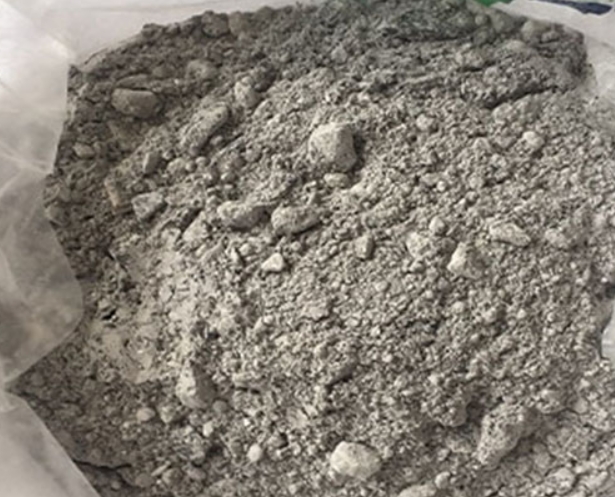- 13
- Apr
Features of new castable for aluminum melting furnace
Features of new castable for aluminum melting furnace
(1) High-tech castables include: low cement, ultra-low cement and non-cement castables, which are characterized by fineness (low porosity), high strength, low temperature, medium temperature, and high temperature strength, and the strength follows the temperature. As it rises and increases; the volume of other castables is very stable at various temperatures.
(2) Pagkatapos ayusin ang laki ng butil, pamamahagi ng laki ng butil, peak planting at uri ng ultrafine powder na nakikilahok sa pagbuhos, ang multi-level na “close packing” na paraan ay ginagamit nang magkasama upang bawasan ang porosity ng pagbuhos ng materyal sa mas mababa sa 10 %, at ang pare-parehong pore distribution ng cut product ay 0.5PμM lang, habang ang tradisyunal na phosphoric acid o aluminum phosphate bilang binder, ang unipormeng pores ng refractory materials ay 22μM; Sa pangkalahatan, mahirap para sa likidong aluminyo na tumagos sa mga pores na mas mababa sa 0.5μM, kaya ang mga mababang semento na castable ay papalitan ang mga pospeyt. Tradisyonal na matigas ang ulo materyales ng ahente.
(3) In this kind of low porosity and small uniform pore dispersion, the composite additive that resists aluminum liquid penetration is not added in the low cement injection, which can increase the moisture angle of the aluminum liquid to the refractory material, and enhance the aluminum resistance of the castable. The function of liquid soaking is very obvious.

Castable for aluminum melting furnace
kaayusan
(1) Magdagdag ng mga aluminum ingot o mga basurang materyales mula sa pinto ng pugon patungo sa pugon, na madaling matamaan ang pinto ng pugon at ang tuktok ng pinto ng pugon. Inirerekomenda na gumamit ng mga high-strength na low-cement castable na may heat-resistant steel fibers sa pintuan ng pugon at sa tuktok ng pinto ng pugon. Ito ay isang de-kalidad na refractory na materyal na nilagyan ng hindi kinakalawang na asero na lumalaban sa init na mga hibla na naglalaman ng nickel at chromium at iba pang mga elemento ng alloying batay sa mababang mga castable ng semento, at naaangkop na mga ahente na lumalaban sa pagsabog at mga espesyal na additives. Ito ay nailalarawan sa pamamagitan ng mataas na lakas, magandang resistensya, impact resistance, Heat shock resistance, shedding resistance, corrosion resistance, penetration resistance, atbp. Ito ay gumagana kapag ginamit sa isang kapaligiran na mas mababa sa 1200°C. Ipinapakita ng mga pagsubok na ang lakas nito sa 1000°C ay 30-60 na mas mataas kaysa sa ordinaryong high-alumina castable na walang steel fiber.
(2) Para sa tuktok ng pugon, dapat pumili ng isang castable na may mahusay na katatagan ng volume at mataas na temperatura na lakas ng istruktura. Isinasaalang-alang ang pagtitipid ng enerhiya at pagbabawas ng pagkonsumo, ang bulk density ng castable ay dapat kasing maliit hangga’t maaari.
(3) Use lightweight castables, lightweight bricks, lightweight thermal insulation mortar, aluminum silicate fiber products and other lightweight thermal insulation materials for the entire kiln to adequately thermalize the entire kiln to reduce energy consumption and meet the requirements.
At present, silicon nitride combined with silicon carbide materials has been used to replace carbon bricks in the side wall materials of aluminum electrolytic cells. Although the silicon carbide in the silicon nitride combined with silicon carbide material can react with oxygen to generate silicon dioxide at high temperatures, the more formed silicon dioxide film on the outside can prevent the continued oxidation of silicon carbide materials. Moreover, the combination of silicon nitride and silicon carbide materials is resistant to cryolite corrosion and has good oxidation resistance, which can greatly increase the service life of the aluminum electrolytic cell. The bottom is made of dry impermeable material, thermal insulation brick and calcium silicate board.
